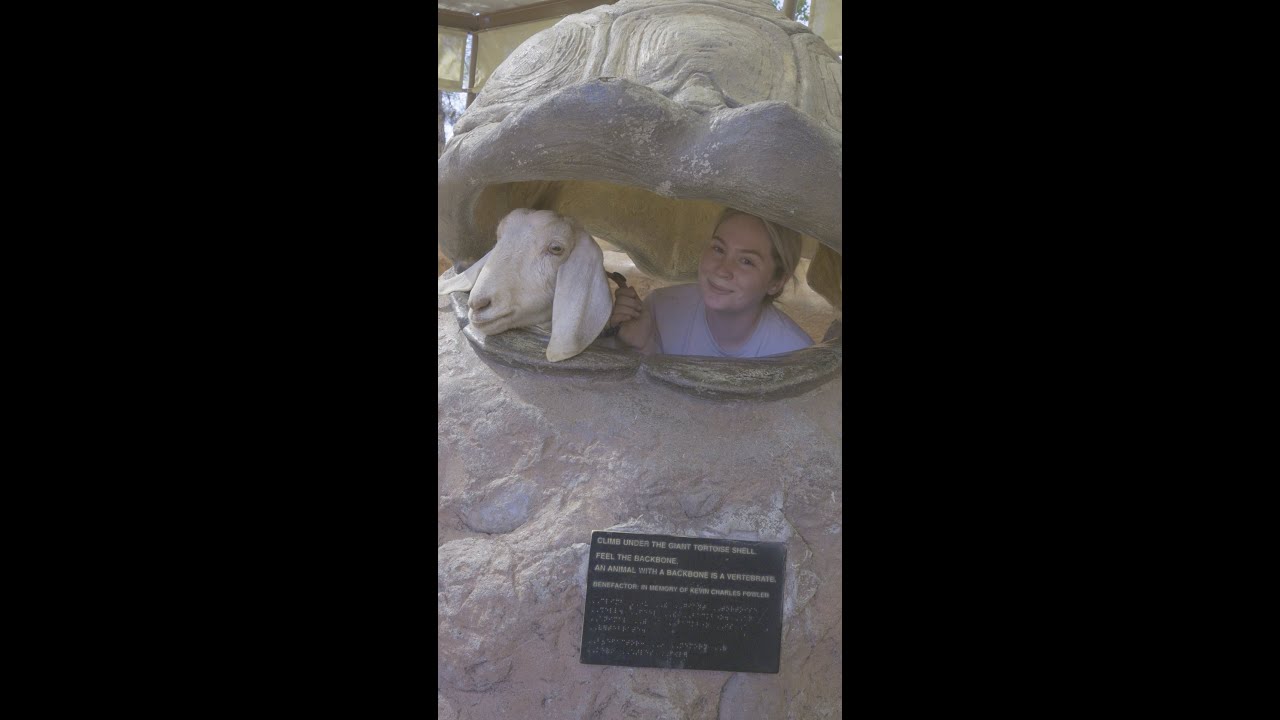- The concept and educational value of walking a goat around the Phoenix Zoo.
- An overview of zoo management practices related to animal exercises and enrichment.
- The role of walking goats in wildlife conservation and education.
- The behavioral benefits for both the goats and zoo visitors.
- Conservation insights and the importance of public engagement in zoo settings.
Walking a goat around the Phoenix Zoo goes beyond mere novelty; it is an engaging practice with valuable educational insight. This activity captures the attention of both children and adults alike, providing a unique opportunity to learn about animal behavior, domestication, and the crucial role zoos play in conservation efforts. The concept of utilizing goats in such interactive settings highlights the creative methods zoos employ to educate the public while ensuring the animals’ physical and psychological well-being.
The practice of walking a goat around the zoo is deeply rooted in zoo management strategies. Enrichment activities like these are vital for animals’ health, providing them with exercise, stimulation, and the opportunity to exhibit natural behaviors. Goats, being naturally curious and active animals, benefit greatly from such interactions. This act helps reduce boredom and stress, conditions that can often be a challenge in captive settings. Regular walks allow goats to explore new environments, interact with different stimuli, and exercise in a controlled manner.
Zoo management teams worldwide have recognized the value of animal enrichment programs. These initiatives are crafted not only to meet nutritional needs but also to fulfill psychological and physical requirements. Walking a goat in a structured environment such as the Phoenix Zoo creates a safe space for both animals and visitors. It supports the concept of holistic animal husbandry, which encompasses all aspects of an animal’s life in captivity.
From a conservation standpoint, activities like walking a goat are instrumental. They serve as an interactive platform to discuss wider issues concerning wildlife conservation. Goats, often seen as domesticated animals, provide a link between wild species conservation and domestic animal management. In a zoo setting, these animals act as ambassadors, prompting discussions on biodiversity, habitat preservation, and the impact of human activities on wildlife.
Education is a paramount goal of the Phoenix Zoo, and walking a goat aligns with this mission seamlessly. It transforms a traditional zoo visit into an informative experience, fostering a deeper understanding of animal behavior and environmental issues. By allowing visitors to observe and participate in goat walks, the zoo promotes empathy, curiosity, and active participation in conservation efforts. These interactions can ignite a passion for wildlife, encouraging visitors to support broader conservation initiatives.
The behavioral benefits of this program are substantial for both goats and visitors. For goats, it provides essential movement, which is crucial for maintaining healthy weight and muscle tone. It also serves as a mental stimulator, encouraging animals to think, react, and engage with their surroundings in a meaningful way. For visitors, watching or participating in a goat walk offers a rare glimpse into the day-to-day care of zoo animals, fostering an appreciation for the complexities involved in animal management.
Moreover, the educational component of these experiences extends to human psychology. People connect deeply with animals, and by offering a hands-on experience, the zoo creates lasting memories and impressions. Such activities can enhance visitor satisfaction and promote repeat visits. They offer a point of connection that can transcend cultural and language barriers, uniting diverse audiences in their shared interest in animals and conservation.
Public engagement at zoos like the Phoenix Zoo is pivotal for conservation education. By involving visitors directly in enrichment activities such as goat walking, zoos play a critical role in promoting awareness about environmental issues and conservation efforts. This interaction helps bridge the gap between theoretical knowledge and practical application, leading to more informed, environmentally conscious individuals.
The ongoing success of such programs relies heavily on the expertise and dedication of zoo staff. Developing enrichment practices requires a nuanced understanding of both animal welfare and visitor engagement. Careful consideration is given to animal behavior, health monitoring, and the educational objectives for guests. The Phoenix Zoo, like many others, is committed to advancing its programs through continuous learning and adaptation, always prioritizing the best interests of the animals and the educational needs of the public.
In conclusion, walking a goat around the Phoenix Zoo encapsulates the mission of modern zoological institutions. It combines elements of animal welfare, public education, and conservation advocacy in a manner that is engaging, informative, and mutually beneficial for all involved. As zoos continue to evolve, such practices will remain integral to their strategy, highlighting the critical importance of interactive learning in promoting conservation awareness and animal well-being.
*****
Source Description
Interrupting your Friday feed to show you Honey exploring the Zoo 🍯


